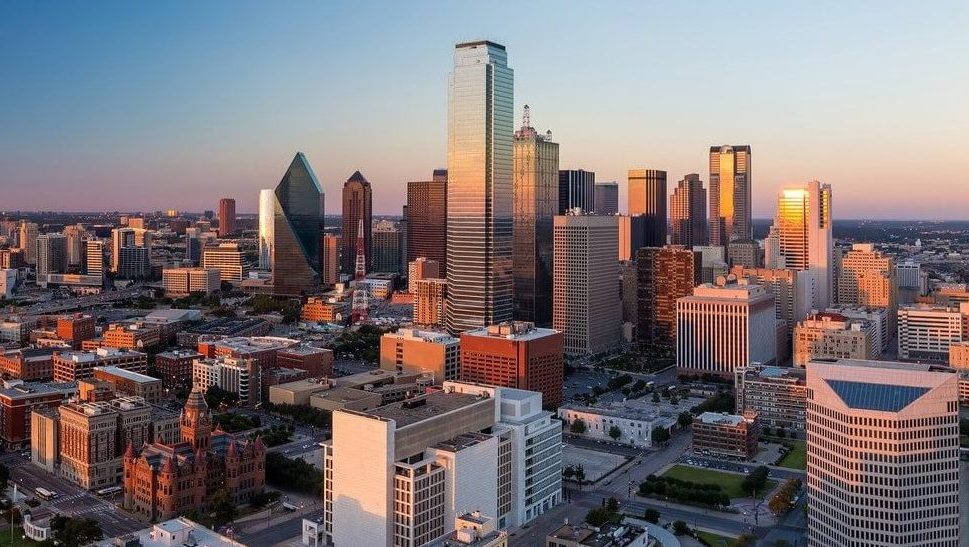Renters Occupy Thousands More Apartments Today Than Before COVID-19

The recent surge in U.S. apartment demand means there are thousands more renters today than there were when COVID-19 broke out last year. Some individual markets have had a stronger influence on that trend than others.
As of 3rd quarter 2021, there are way more occupied units in some Sun Belt markets than there were in 1st quarter 2020, before the lockdowns started during the first wave of the pandemic.
Dallas/Fort Worth has seen its occupied apartment count grow by more units than any other market in the nation, with an occupied base that is up by nearly 40,000 units. The performance was also solid – up by about 20,000 to 25,000 units – in Houston and Atlanta, while Phoenix saw its occupied base climb by over 15,000 units in the past six quarters.
At the same time, these markets added sizable blocks of new apartment supply to their existing stock. In Dallas/Fort Worth, the existing apartment base climbed by over 41,000 units between 1st quarter 2020 and 3rd quarter 2021. Supply was up by more than 28,000 units in Houston, over 17,000 units in Atlanta and by over 14,000 units in Phoenix.
Meanwhile, some smaller markets have seen sizable percentage growth in their occupied apartment counts. While these areas will probably never display the same amount of absolute demand as some of the bigger Sun Belt areas, they are thriving in their own right.
Savannah, Wilmington and Cape Coral/Fort Myers have seen their occupied unit counts swell by a notable 13% or more between 1st quarter 2020 and 3rd quarter 2021.
On the other hand, New York is the only market nationwide that has seen a relative decline in its occupied apartment count since before the pandemic hit. This market’s occupied unit count is down by over 20,000 units, which translate to a decrease of 1%.
For more information on the U.S. apartment market, including forecasts, watch the webcast Market Intelligence: U.S. Fall Apartment Market Outlook.






